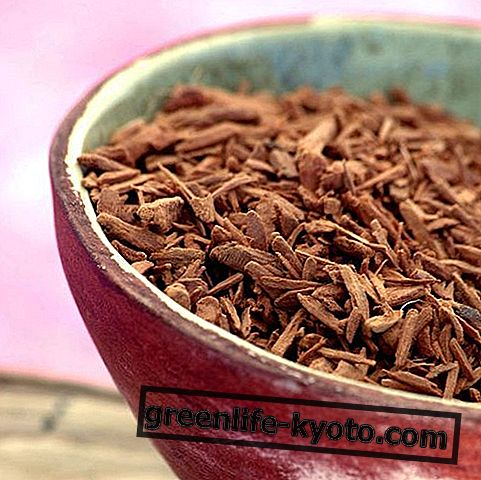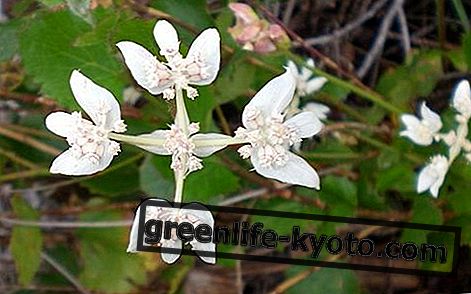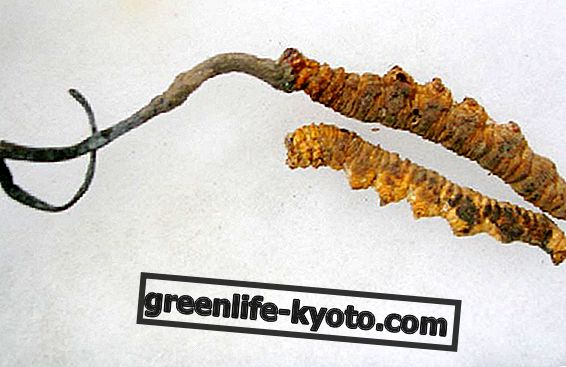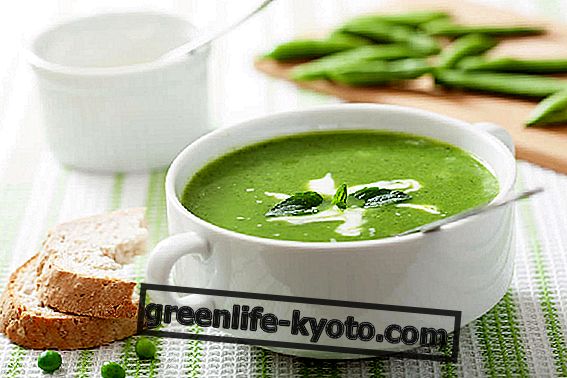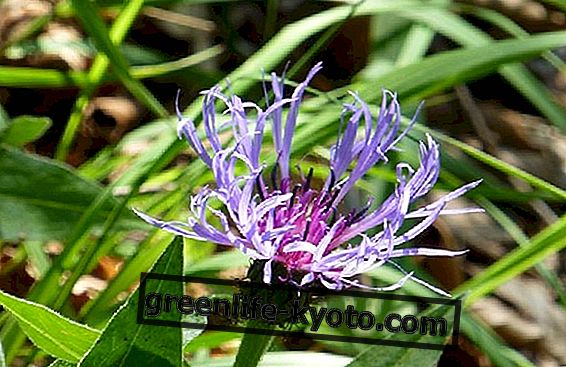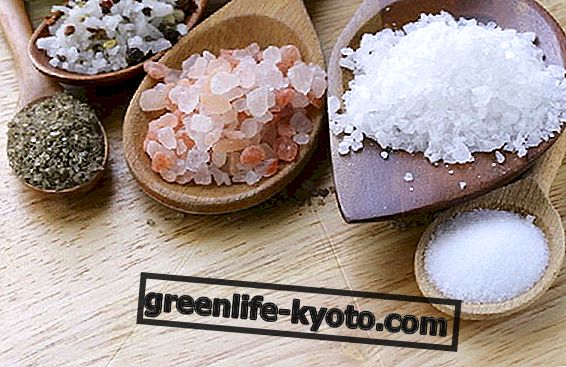
If we reduce the kitchen to its true essence, no ingredient is as important as salt . It is no coincidence that human beings and many animals find the consumption of salty foods pleasant: evolution has made it so that life forms spontaneously prefer what is essential for survival .
Salty is also one of the five main tastes and one of the essential components of any flavor.
But not all the salts are the same: traveling around the world we realize that various types of salt have different chemical formulas, different constituent molecules and, as a final result, different tastes.
So let's take a little tour of the world, to discover a dozen different types of salt. Then it will be up to you to decide whether to look for them in ethnic food shops, to travel to try them, or to ask some of your friends around the globe to send you some.
Common kitchen salt
It is the most common type of salt, which is generally extracted from the underground salt pans deposited over the centuries with the withdrawal of the marine waters from the hinterland.
This salt is able to bring only flavor, without any particular note of flavor or color. This is because it is a refined product, free of impurities but eventually also lacking in character. In many cases , iodine is added.
Sea salt
Many packets of salt we buy carry this wording. Sea salt is similar to cooking salt, but rougher and with a higher capacity to be used to dry. It accumulates by evaporation of sea water and it is not too difficult to do it at home.
The taste is slightly more intense, due to the trace elements present due to the absence of refining.
Celtic salt
Also called gray salt, it is produced on the French coasts with the retreat of the tide. It contains many elements, which give its crystals a gray-greenish color.
The taste is reminiscent of the sea, seaweed and seafood; in fact it is often used to flavor fish dishes. Represents the western version of Southeast Asian fish sauce.
Kosher salt
This salt, suitable for Jewish cuisine, is widely used in Israel and the USA. It is sold in large crystals, but they melt quickly; this feature makes it suitable for cooking rather than seasoning . It is never enriched with iodine.
Himalayan pink salt
It is undoubtedly the most famous of all pink salts and certainly the purest. It is very rich in mineali (it contains almost 90 different types) and for this reason it is an important ingredient in the kitchen, a real supplement. Not surprisingly, it is also used in spas.
It is found in special mines in the Himalayan mountains and has an unmistakable, sulphurous, strong and marked taste .
Sale Kala Namak
In Nepal we discover black salt : it is a special preparation, cooked together with medicinal herbs, coal, bark and seeds. All this gives Kala Namak a much stronger flavor even than that of the Himalayan pink salt, capable of recalling the boiled egg. It is an ayurvedic remedy .
Fleur de sal
Fleur de sal (in Italian, "flower of salt") is a type of British salt, niveo, in flat and light crystals, considered the most expensive salt in the world. Its flavor is so delicate that it is suitable not only for cooking meat, fish and vegetables, but also for pastry and chocolate .
Hawaiian black salt
This salt is also black (much more so than Kala Namak, which actually comes closer to dark red), because it is prepared with the addition of activated charcoal . Typical of the local Hawaiian cuisine, it is presented in very large and rough crystals.
Smoked salt
It is recognized by the smoky brown color and has an intense taste, which changes depending on the type of wood used to smoke it. It goes without saying that it is used to transfer the same flavor to dishes, especially meat or potatoes.
Hawaiian red salt
It is a very raw salt, with a strong and decisive taste, which owes its color to the volcanic clays rich in minerals . In addition to cooking, it is used in purification rituals of local Hawaiian religions.





